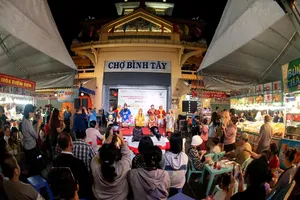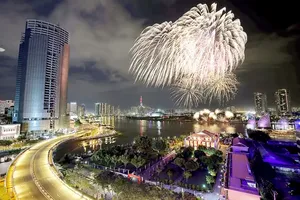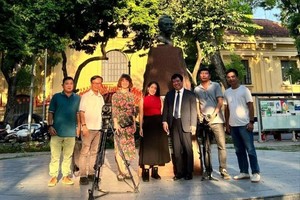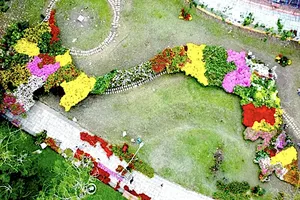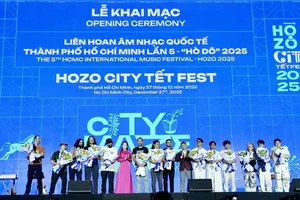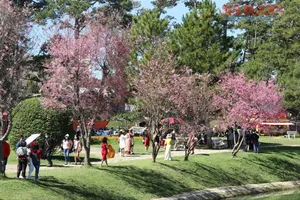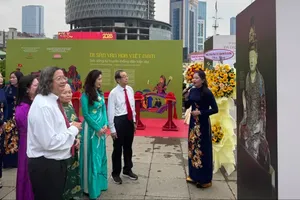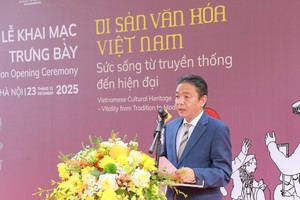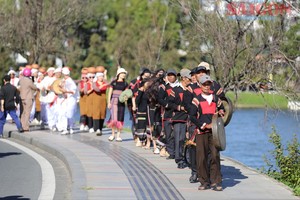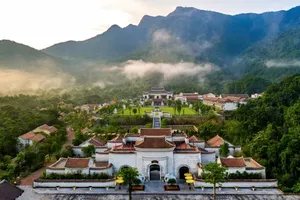
During the two years of 2020-2021, Vietnam Archaeology Institute cooperated with the Ho Dynasty Citadel Heritage Conservation Center to dig at six spots of the used-to-be Ho Dynasty Citadel, with the total area of 25,000m2. The excavation discovered four vestige groups of Tran – Ho architecture, two of Le So architecture, and one of Le Trung Hung architecture.
With the revelation of 10 large complex structures and various gates, hallways near the central group called Nen Vua (Emperor Place), preliminary calculation shows that this spot might be the trace of the Main Palace. If all are correct, this could be the oldest main palace ever in the history of Vietnam to be discovered.
In addition, in the Southeast part of the Citadel, a fairly complete architectural complex was disclosed, and is supposed to be the Eastern Royal Temple to worship ancestors of the Ho Dynasty, which is also the oldest royal temple to be discovered in Vietnam.
Director of the Ho Dynasty Citadel Heritage Conservation Center Nguyen Ba Linh stated that this is the largest-scaled archaeological excavation in Vietnam, and is highly appreciated by experts in the field as the architectures of the supposedly Eastern and Western Royal Temples as well as the Main Palace are quite conserved. This revelation will also be the scientific and legal foundation for the heritage conservation plan from 2022-2025.
This important discovery, according to Director Linh, is extremely meaningful in the historical-cultural field because it first proves that inside the Inner Citadel, there existed various buildings like the Main Palace, the Eastern and Western Royal Temples, and minor palaces to serve administrative tasks of the old dynasty. Furthermore, it confirms the integrity and authenticity of the heritage, contributing to deepening the site’s outstanding global values recognized by UNESCO.
Associate Prof. Dr. Tong Trung Tin, Chairman of the Vietnam Archaeology Association suggested a long-term and careful excavation plan for the site in order to best reveal the architecture of this heritage, followed by a step-by-step restoration plan with diverse conservation solutions like the Nara case in Japan.
He hoped that these scientific plans will help Vietnam fully restore the oldest imperial city in Southeast Asia, turning this into the country’s most outstanding cultural heritage and a strong attraction not only to Vietnamese citizens but to foreign people as well.
Since the land use right of many to-be-excavated lots of the Inner Citadel still belong to local residents, Director Linh voiced the difficulties to fulfill the digging and conservation tasks.
Thanh Hoa Province has just approved the project to conserve and restore this heritage, costing over VND745 billion (US$32.8 million). The compensation for site clearance will take place from 2022-2025. However, the Ho Dynasty Citadel Heritage Conservation Center suggested to accelerate this time-consuming task for more effective heritage management.

